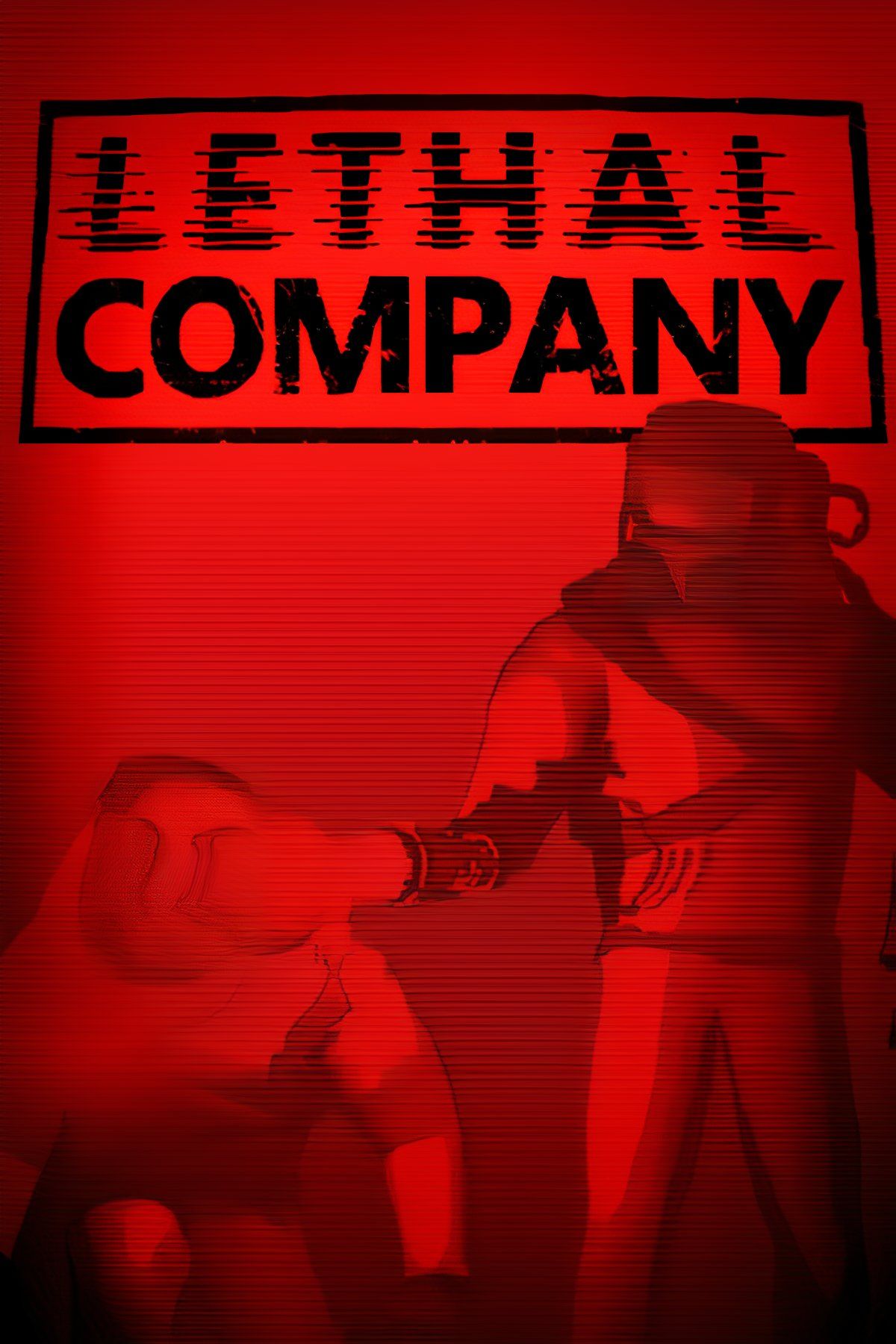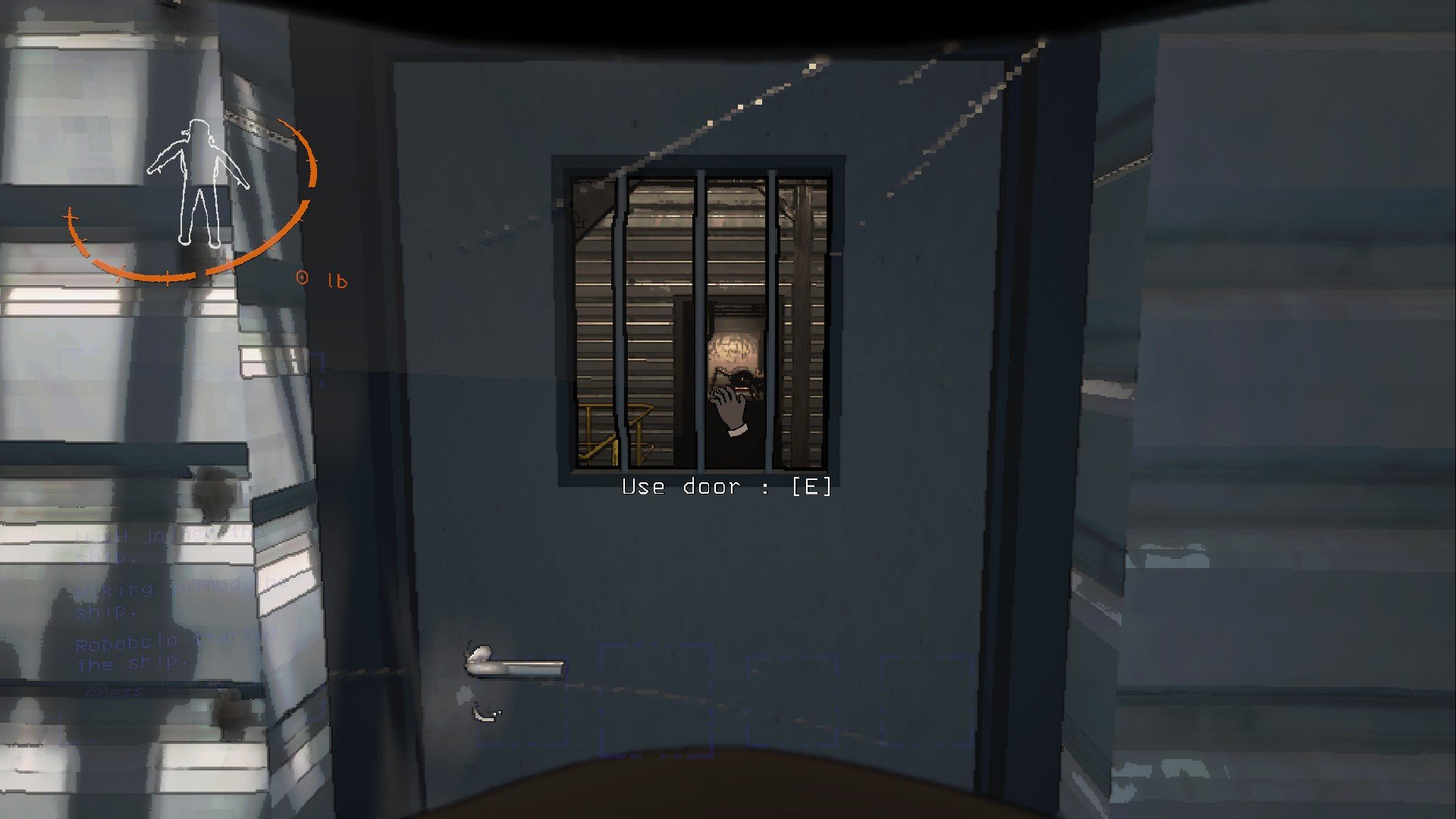Understanding Lethal Company Missions: A Guide To Surviving Quotas
Venturing into the unknown can be a very chilling experience, especially when your very survival depends on it. For those who find themselves caught up in the work of the Company, understanding the core purpose of your assignments, these so-called lethal company missions, is absolutely key. You see, these aren't just simple tasks; they're quite literally matters of life and death, with very serious consequences for failure. It's a game where every single trip outside your ship holds potential peril, and knowing what you're up against makes all the difference, really.
The term "lethal," as you might know, means something that causes death, or is bound to cause it. So, when we talk about lethal company missions, we're talking about assignments that are, in a way, designed to be incredibly dangerous. These trips send you out to collect valuable things from abandoned places, often deep within what's described as derelict, steel, and concrete underbellies of distant moons. It's a rather stark setting, and one where dangers, it seems, prey upon those who are not prepared or are perhaps a little too slow.
Your main objective in these missions is always to gather enough scrap to meet a specific quota. This quota is a very strict requirement, and not meeting it has dire repercussions for your crew. So, understanding how to approach these missions, how to stay alive, and how to get enough valuable stuff is something that will, quite frankly, determine your fate. We will explore what these missions involve and how you might just make it back to tell the tale, or at least to sell your findings, anyway.
Table of Contents
- What Are Lethal Company Missions?
- The Objective: Meeting the Quota
- The Environments: Derelict Underbellies and the Outdoors
- The Dangers: What Makes Them Lethal?
- Survival Strategies for Lethal Company Missions
- Why the Quota Matters
- Frequently Asked Questions
- Conclusion
What Are Lethal Company Missions?
Lethal company missions, at their core, are expeditions into hazardous, often abandoned, industrial structures found on various celestial bodies. Your task, basically, is to collect scrap and other valuable items scattered throughout these places. It's a bit like a scavenger hunt, only with a much higher degree of risk. These missions are the very essence of your work for the Company, and your success or failure directly impacts your future, that's for sure.
Each mission begins with your arrival at a new location. You and your team must then venture out from your ship, exploring the environment both outside and, more often, deep within the structures. The goal is straightforward: find things that are worth money. The challenge, however, is anything but simple. There are things out there, you know, that are very much interested in stopping you, or worse, making sure you don't come back at all.
These assignments are continuous, meaning you'll be undertaking many of them, one after another, as you work to fulfill the Company's demands. It's a cycle of landing, exploring, collecting, and then returning to sell your findings. The constant pressure to perform, and to do so under extremely dangerous conditions, is a big part of what makes these lethal company missions so intense, too.
The Objective: Meeting the Quota
Every single lethal company mission, and indeed your entire work period, revolves around one very important thing: the quota. This is a specific amount of value, usually measured in credits, that your team must gather and turn in to the Company by a certain deadline. It's a non-negotiable target, and failing to reach it carries severe consequences, honestly.
The quota increases over time, meaning that as you progress, the demands placed upon your team become greater. This means you have to become more efficient, take more risks, or perhaps explore more dangerous locations to find enough valuable items. It's a constant push to acquire more, faster, and it certainly adds a lot of pressure to each trip. So, you might find yourself needing to take bigger chances as the days pass.
Collecting scrap is the primary way to meet this quota. These items can be anything from old metal pieces to strange, discarded machinery. Each piece has a certain value, and you need to collect enough of them to add up to your required amount. It's not just about finding things, though; it's also about getting them back to your ship safely, which is often a very big challenge, you know.
The Environments: Derelict Underbellies and the Outdoors
When you undertake lethal company missions, you'll find yourself exploring two main types of areas: the wondrous outdoors and the derelict, steel, and concrete underbellies. The outdoors, while perhaps appearing safer at first glance, can still hold its own set of risks. You might find some valuable things out there, but you also need to be aware of what might be lurking in the shadows, or just around that bend.
The true heart of most missions, however, lies within those "derelict, steel and concrete underbellies." These are vast, abandoned industrial complexes, often dark, maze-like, and full of decay. They're built from old metal and hardened concrete, suggesting a history of previous use, perhaps by others who are no longer around. These places are where the most valuable scrap is typically found, but they are also where the greatest dangers often reside, too.
These internal spaces are usually quite confined, with narrow corridors, large open rooms, and many pathways that can easily lead to confusion. The sheer size and complexity of these structures mean that getting lost is a real possibility, and that's not something you want when something "lethal" is potentially just around the corner. Exploring them requires a lot of careful movement and a good sense of direction, or perhaps a good map, in a way.
The atmosphere in these underbellies is often very oppressive. The silence, broken only by your footsteps or distant sounds, can be quite unnerving. It's a place where you always feel like you're being watched, or that something is just out of sight. This sense of unease contributes greatly to the overall intensity of these lethal company missions, making every step a bit of a gamble, apparently.
The Dangers: What Makes Them Lethal?
The "lethal" part of lethal company missions isn't just a catchy name; it refers directly to the very real possibility of death during your expeditions. The text suggests that dangers "prey upon the vulnerable," which means there are hostile entities or environmental hazards that can, and often will, cause harm. These are things that are "able to cause or causing death," as the word "lethal" itself suggests, you know.
These dangers come in many forms. They could be creatures that hunt you, traps that ensnare you, or even environmental hazards like toxic gas or unstable structures. The unpredictability of these threats is a big part of what makes each mission so perilous. You never quite know what you'll encounter around the next corner, or what might drop from the ceiling, more or less.
Being "vulnerable" means that you and your team are not invincible. You can be hurt, you can be caught, and you can certainly be eliminated. This vulnerability means that careful planning, good teamwork, and quick reactions are absolutely necessary for survival. A single misstep can mean the end for one of your crew members, or perhaps even for the whole group, so.
The very definition of "lethal" implies that these dangers are not just minor inconveniences; they are "bound to cause death" if you're not careful. This means that encountering them often results in a fight for your life, or a desperate attempt to escape. It's a constant reminder that these are not just collection trips, but survival challenges, too.
Survival Strategies for Lethal Company Missions
Given the inherent dangers of lethal company missions, having a good strategy is incredibly important. One of the simplest yet most effective tips is to always stick together. A lone scavenger is a very vulnerable one, and dangers, it seems, prefer to pick off individuals. Moving as a group offers a bit more safety and allows for quicker reactions when something bad happens, actually.
Communication is another key element. Talking to your teammates about what you see, what you hear, and where you're going can prevent many mishaps. If someone spots a danger, or finds something valuable, letting everyone else know immediately can save lives or help you collect more efficiently. It's just a simple thing, but it makes a big difference, you know.
Managing your resources is also vital. This includes things like your limited inventory space for scrap, and any tools you might have. Deciding what to pick up, and when to head back to the ship to offload your findings, is a very important decision. You don't want to be caught deep inside a structure with a full inventory and a dangerous creature on your tail, that's for sure.
Learning from your experiences, or perhaps your mistakes, is also a big part of surviving these missions. Each time you venture out, you gain a bit more knowledge about the environments, the types of dangers you might face, and how to best react. This gradual accumulation of experience can make future missions a little less perilous, or at least help you anticipate what's coming, anyway.
Always keep an eye on your quota progress. Knowing how much more you need to collect can help you decide how much longer to stay out, or whether to push a little further into a dangerous area. It's a balancing act between risk and reward, and knowing your current standing helps you make those decisions, pretty much.
Why the Quota Matters
The quota isn't just a number; it's the very reason you undertake these lethal company missions. As the "My text" indicates, you "just never miss the quota." This implies a strict adherence to the Company's demands, and a very negative outcome if you fail to meet them. The consequences of missing the quota are severe, often leading to a very unfortunate end for your entire crew, you see.
This constant pressure to meet the quota drives much of the gameplay. It forces you to take risks, to explore deeper, and to face the dangers head-on. Without the quota, these missions would simply be about exploring derelict places, but with it, they become a desperate race against time and against the very real threats that lurk in the shadows, really.
The increasing quota over time means that the challenge never truly goes away. Just when you think you've mastered the current demands, the Company raises the bar, pushing you to your limits once again. This ensures that the "lethal" aspect of these missions remains ever-present, always reminding you of the stakes involved, apparently.
Ultimately, the quota represents your worth to the Company. Meeting it means you continue to exist, to work, and to face another day of scavenging. Failing it means your usefulness has ended, and with it, your very existence. It's a stark reality, and one that makes every single piece of scrap you collect incredibly important, you know.
Frequently Asked Questions
Here are some common questions people often have about lethal company missions:
What is the main goal of lethal company missions?
The main goal is to collect enough valuable scrap to meet a specific quota set by the Company. You need to gather items from dangerous, abandoned locations and bring them back to your ship to sell, basically.
What makes these missions so dangerous?
They are dangerous because of the "lethal" threats that "prey upon the vulnerable." These are hostile creatures or environmental hazards that can cause death. The word "lethal" itself means something that is "bound to cause death," you know.
What happens if you don't meet the quota?
If you don't meet the quota, the consequences are very severe. The text states you "just never miss the quota," implying that failure leads to a very bad outcome for your team, usually meaning the end of your work and your lives, that's for sure.
Conclusion
Lethal company missions are, at their heart, about survival against incredible odds while trying to meet a demanding quota. From exploring the "wondrous outdoors" to delving deep into "derelict, steel and concrete underbellies," every moment is filled with the potential for danger. The very meaning of "lethal" reminds us that these tasks are not to be taken lightly, as the threats you face are truly capable of causing death, really. The need to "never miss the quota" drives every decision, pushing crews to face the unknown and overcome the challenges that "prey upon the vulnerable." It's a relentless cycle of risk and reward, where teamwork and smart choices are your best tools for making it out alive and securing your future with the Company. To learn more about survival strategies on our site, and to see more about the challenges of this game, you might want to check out our other articles. For more general discussions about these types of challenging game objectives, you can sometimes find helpful discussions on various gaming community forums, as a matter of fact. This article was created on June 27, 2024, reflecting the latest considerations for these challenging assignments.

How to Get a Flashlight in Lethal Company

Category:Entities | Lethal Company Wiki | Fandom

Lethal Company: What Does Eclipse Mean? + Landing Guide - eXputer.com